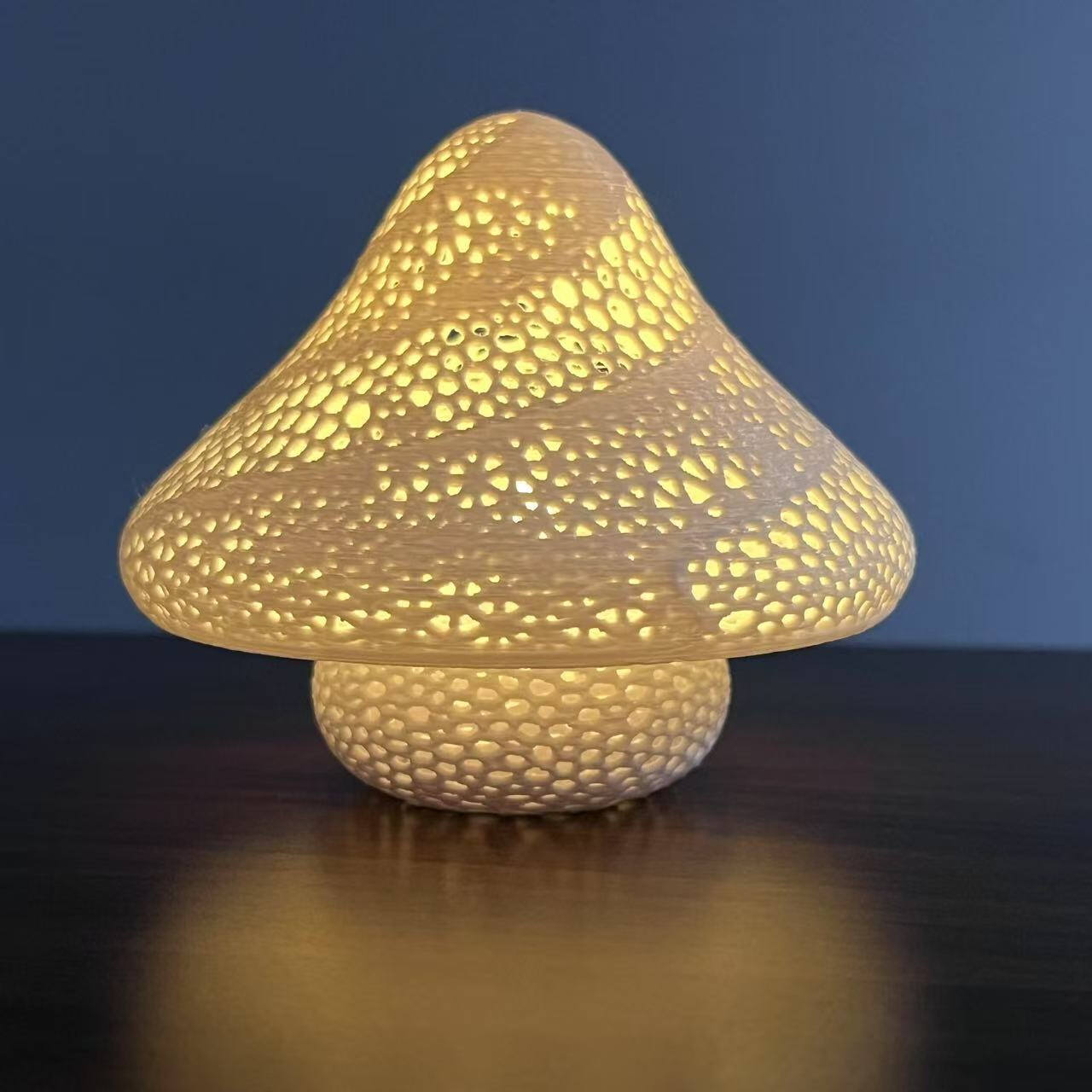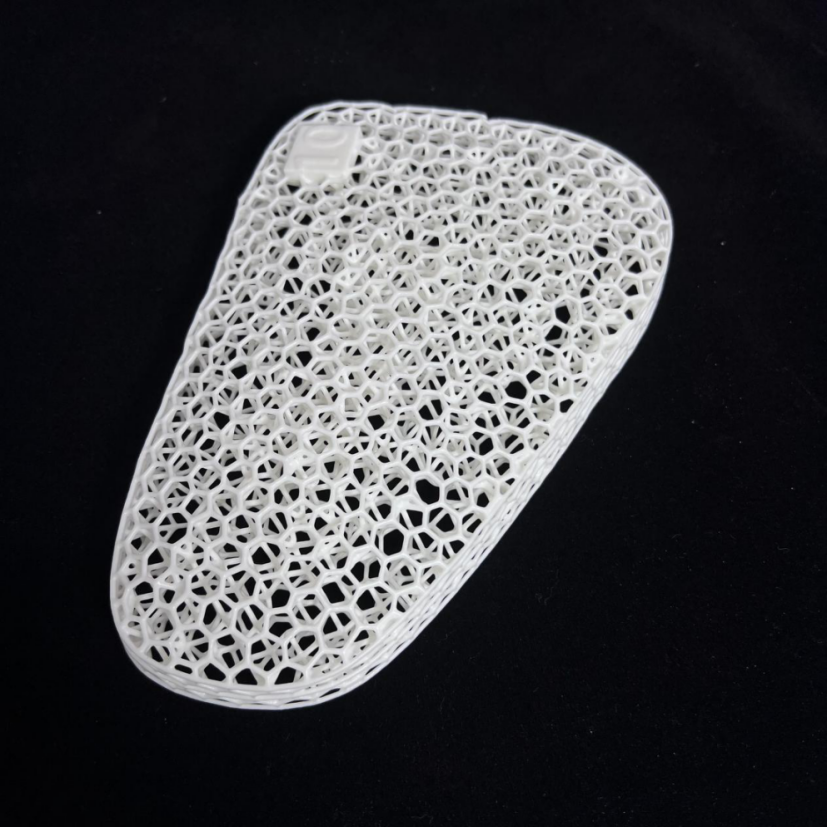quick prototyping
Quick prototyping is a revolutionary manufacturing process that enables rapid creation of physical models, prototypes, and functional parts directly from digital designs. This innovative approach combines advanced computer-aided design (CAD) software with various manufacturing technologies, including 3D printing, CNC machining, and injection molding, to produce prototypes in a fraction of the traditional development time. The process begins with digital modeling, where designers create detailed 3D representations of the intended product. These digital models are then translated into physical objects through automated manufacturing processes, allowing for immediate testing, validation, and iteration. Quick prototyping supports multiple materials, from plastics and metals to composites, enabling accurate representation of final product characteristics. The technology has become instrumental in product development across industries, including automotive, aerospace, consumer electronics, and medical devices. It enables design verification, functional testing, and market validation before committing to full-scale production, significantly reducing development risks and costs.


